How Do I Prepare My Items for Long-Term Storage?
Preparing items for long-term storage can seem like an overwhelming task, but it doesn’t have to be. With the right approach, you can ensure your belongings are safe and well-preserved while in storage. This guide will walk you through the essential steps.
Assessing What Needs to Be Stored
Start by making a list of all the items you plan to store. Assess their value, fragility, and any specific storage needs. This will help you prioritize and decide how best to store each item. It’s a cathartic process that not only helps in decluttering your space but also sets a foundation for organized storage. As you go through your belongings, ask yourself, “Do I really need to keep this?” By categorizing items into keep, sell, donate, or toss piles, you streamline the process and ensure that you’re only storing what’s necessary Delve into the essential tips and techniques.
Taking the time to sort through your belongings can also be a chance to let go of things that no longer serve a purpose in your life. Consider donating or selling items you no longer need. This not only frees up valuable storage space but also fosters a sense of relief from holding onto unnecessary possessions. Decluttering even a small portion of your home can make it feel more open and inviting. Imagine the joy and lightness of coming back to a tidy house after your storage period is over.
Choosing the Right Storage Environment
It’s important to choose a storage environment that is clean, dry, and climate-controlled. This will protect your items from damage due to humidity, temperature changes, or pests. Climate control is crucial for items sensitive to fluctuations, such as electronics, wooden furniture, and important documents. A climate-controlled storage unit offers a consistent environment that can prevent warping, rusting, and mold growth, preserving your belongings’ integrity.
When picking a storage facility, the security features are paramount. Look for facilities with 24⁄7 surveillance, robust locks, and restricted access Ensuring secure and clean storage. You can further ensure your peace of mind by investing in insurance for high-value items. Consider getting a high-quality padlock for even additional security.
Cleaning and Preparing Items
Clean your items thoroughly to remove any dust, dirt, or moisture. This helps prevent mold, mildew, and unpleasant odors. Be sure to dry them completely before packing. Dust off furniture meticulously, wash fabrics with care, and treat leather surfaces with a high-quality conditioner. Taking these cleaning steps will go a long way in preserving your possessions while in long-term storage The importance of proper cleaning and maintenance.
Apart from cleaning, some items might require additional protection. Soft furnishings and delicate items can be wrapped in protective coverings like bubble wrap or storage pads, safeguarding them from potential damage during transit or long-term storage. Such attention to detail ensures your items stay in excellent condition while you’re not using them.
Using Proper Packing Materials
Invest in good quality packing materials, such as sturdy boxes, plastic bins, bubble wrap, and packing tape. Label boxes clearly to make retrieval easier and ensure fragile items are well-protected. For delicate or valuable items, consider custom-designed packing solutions that provide additional support and protection against shocks and pressure.
Airtight plastic bins offer excellent protection against moisture and pests. Unlike cardboard, they don’t absorb water, and they provide a more secure seal, keeping out any critters that may want to make a home among your valuables.
Organizing and Labeling
Organize your boxes and bins in a way that allows for easy access to important items. Label everything clearly, indicating contents and any special handling instructions. Incorporate a detailed inventory system; it will be a lifesaver when you’re looking for that specific item in the future.
Visual documentation can also be particularly helpful. Consider taking photos of your items before packing them away. This will not only help you keep track of what you have stored but will also be useful for any insurance claims How to build an effective inventory.
Creating an Inventory List
Keep an inventory list of all the items you’ve stored. This will make it easier to track your belongings and find things when you need them. Your inventory should include a description of each item, its condition, and the exact location within your storage unit. Annotating special care tips for particular items can save time and stress later on.
An organized inventory helps you manage space efficiently in your storage unit. Use this tool to optimize packing and locate items readily without having to rummage through stacks of boxes.
Scheduling Regular Checks
Plan to check on your stored items regularly. This allows you to address any issues that might arise, such as moisture build-up or pest infestations, ensuring your items remain in good condition. Regular visits also give you an opportunity to reassess and reorganize as necessary, which is invaluable for long-term storage The significance of regular storage visits.
Consider pairing these routine checks with seasonal cleaning and maintenance. This proactive approach will enhance the longevity and preservation of your belongings, guaranteeing they will be just as you left them when the time for retrieval comes.
Wrapping Up Your Storage Preparation
By following these steps, you can confidently prepare your items for long-term storage, ensuring their safety and preservation until you need them again. Remember, proper preparation makes all the difference.

